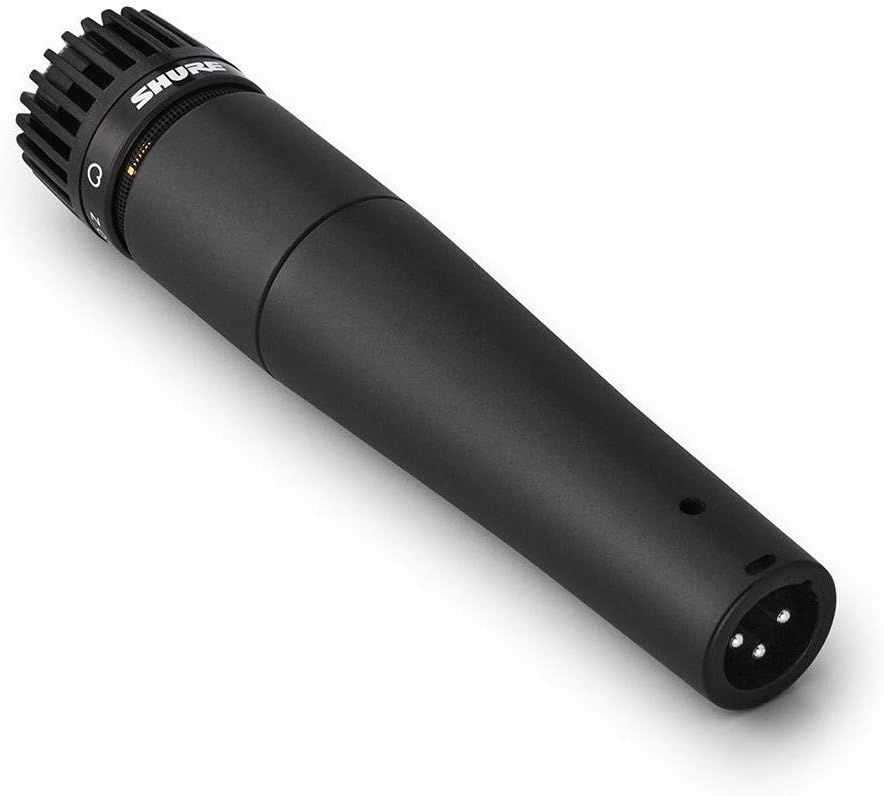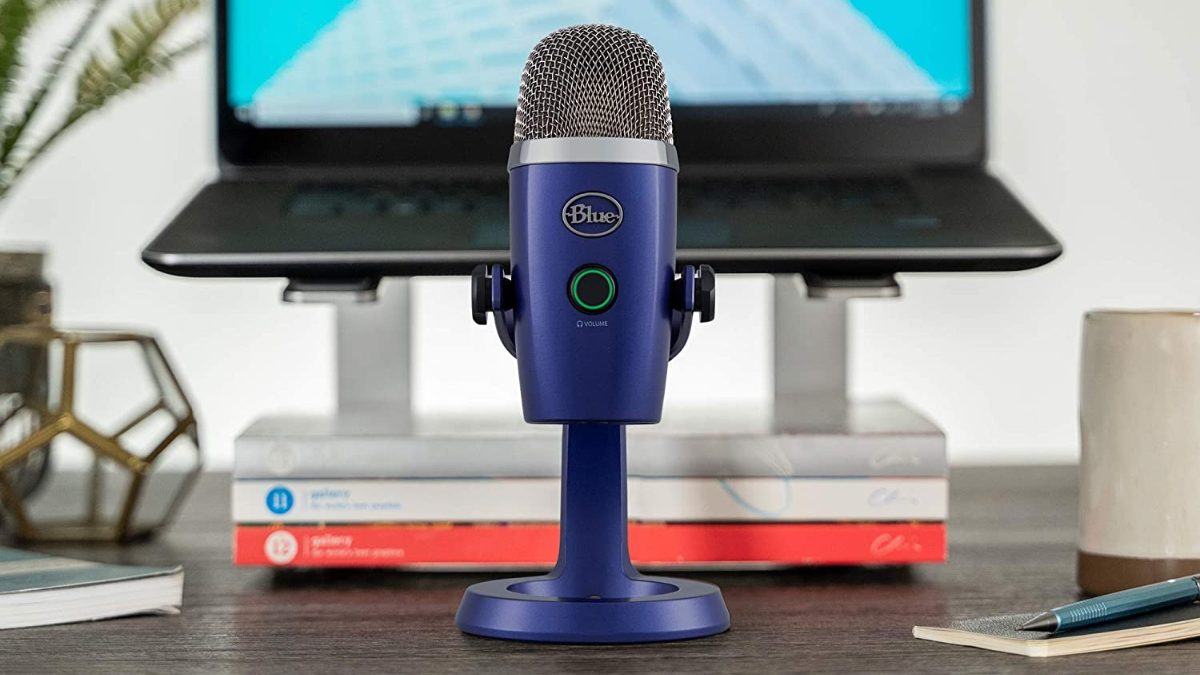Quick Links
Key Takeaways
USB and XLR microphones are similar, but a USB microphone has a preamplifier and audio interface built in, so you can plug it right into a computer. This makes USB mics more convenient, but if you’re looking for more flexibility or a wider choice of microphones, opt for XLR.
A good microphone is essential when recording audio. As you shop for your microphone, you've probably seen USB mics and XLR mics. So what's the difference between them, and which is best for your recording needs?
Microphone Basics
Traditional microphones consist of a capsule, which actually captures sound, and a circuit to connect the capsule to the output. Most microphones connect via XLR cables, but you'll find some microphones that use a 1/4-inch TS connector.
Any microphone requires a preamp, as the output of microphones is typically very quiet. The preamplifier raises the volume of the microphone's signal to a high enough level that other audio equipment can work with it. These days, in most cases, the next step involves getting your audio into a computer.
To actually get sound into your computer, you need an audio interface, which takes the audio signal and converts it into a digital format to bring it into your computer. While some interfaces only actually handle converting the analog signal into a digital one, most interfaces include preamps. This means all you need to do is plug your microphone in and turn up the volume knob until you can hear whatever it is you're recording.
How USB Microphones Are Different From XLR
As far as the actual microphone part goes, USB microphones are no different from traditional microphones. They use the same type of capsule and circuitry you'd find in a traditional microphone.
The difference between a USB microphone and a traditional XLR mic is that the USB microphone effectively contains a preamp and an audio interface. USB microphones usually have a volume knob directly on the mic, which controls the level of the preamp.
Thanks to the integrated interface inside a USB microphone, you don't need any extra equipment to use it. Just plug the USB cable into your computer, fire up the digital audio workstation (DAW) or streaming app of your choice, and start recording.
Of course, the all-in-one nature of a USB microphone has its drawbacks. You can't opt for a nicer preamp or interface, so you're lacking customizability. Depending on the price, USB microphones may skimp on the internal components, so the sound quality isn't always as good as higher-end XLR microphones.
Similarly, some microphones use cheaper capsules and components, then shape the signal with digital signal processing (DSP). This can sound fine, but in many cases it's best to go with a USB microphone that offers a pure, unfiltered signal.
When Should You Use a USB Microphone?
Whether you're just starting out or you don't want to bother with a separate audio interface, it's handy that USB mics include everything you need in a single package. Occasionally, they'll even come with integrated stands, a feature you'll seldom find on USB microphones.
This simplicity also makes setting up USB microphones far easier than XLR microphones. The integrated audio interfaces on USB microphones are often USB class-compliant. This means that you can plug them in and start using them without installing any drivers.
Because of the internal audio interface, USB microphones typically have more available options than XLR microphones. For example, many USB microphones have knobs to control the preamp gain, integrated headphone jacks with dedicated volume controls, and integrated mute buttons. The mute button is especially useful if you're using the microphone for streaming or video calls.
Basically, if you're looking for a microphone for more casual use, a USB microphone is easier to set up and use, and includes everything you need. They're not just for casual use, though. Even for audio professionals, the easy connectivity and portability means USB microphones can be useful for field recording.
When Should You Use an XLR Microphone?
If you're recording music or just want more control over your signal chain, an XLR microphone is a better option than a USB microphone. Yes, you'll need an audio interface, and maybe even an external preamp or two. That said, the handy thing about XLR microphones is that they're compatible with both modern audio equipment and equipment that has been in use since the 1960s.

Shure SM57
The Shure SM57 is useful for recording nearly anything you can think of, from vocals to amplifiers to acoustic instruments. They're also known for being as rugged as a tank, so you can be sure the SM57 will last.
Because each component in your signal chain is a separate piece of hardware with XLR microphones, you can carefully choose a combo of microphone, preamp, and digital-to-analog converters (DACs). This gives you much more control over how you can sculpt the audio signal.
This setup also means that if a single piece of equipment fails, you don't need to replace the entire chain. Being able to replace a microphone but keep the preamp, audio interface, and any other components in the signal chain can potentially save you money. This is especially true if the microphone is the cheapest component in the chain, which is often the case.
If you plan to expand your audio options in the future, you may want to opt for an XLR microphone. Yes, you'll need to pair it with an audio interface, but entry-level interfaces like the Universal Audio Volt 2 aren't overly expensive, and they give you plenty of room to grow.

